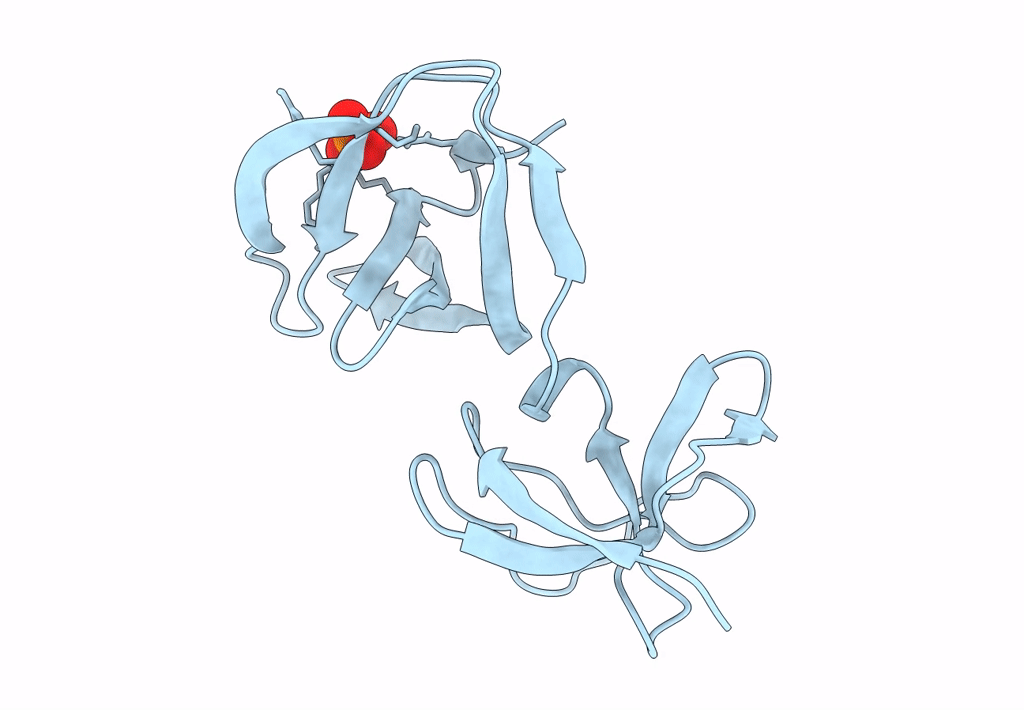
Deposition Date
2021-12-03
Release Date
2022-12-14
Last Version Date
2024-10-23
Entry Detail
PDB ID:
7QEH
Keywords:
Title:
LTA-binding domain of SlpA, the S-layer protein from Lactobacillus amylovorus
Biological Source:
Source Organism:
Lactobacillus amylovorus (strain GRL 1112) (Taxon ID: 695560)
Host Organism:
Method Details:
Experimental Method:
Resolution:
1.67 Å
R-Value Free:
0.19
R-Value Work:
0.16
R-Value Observed:
0.16
Space Group:
P 21 21 21


